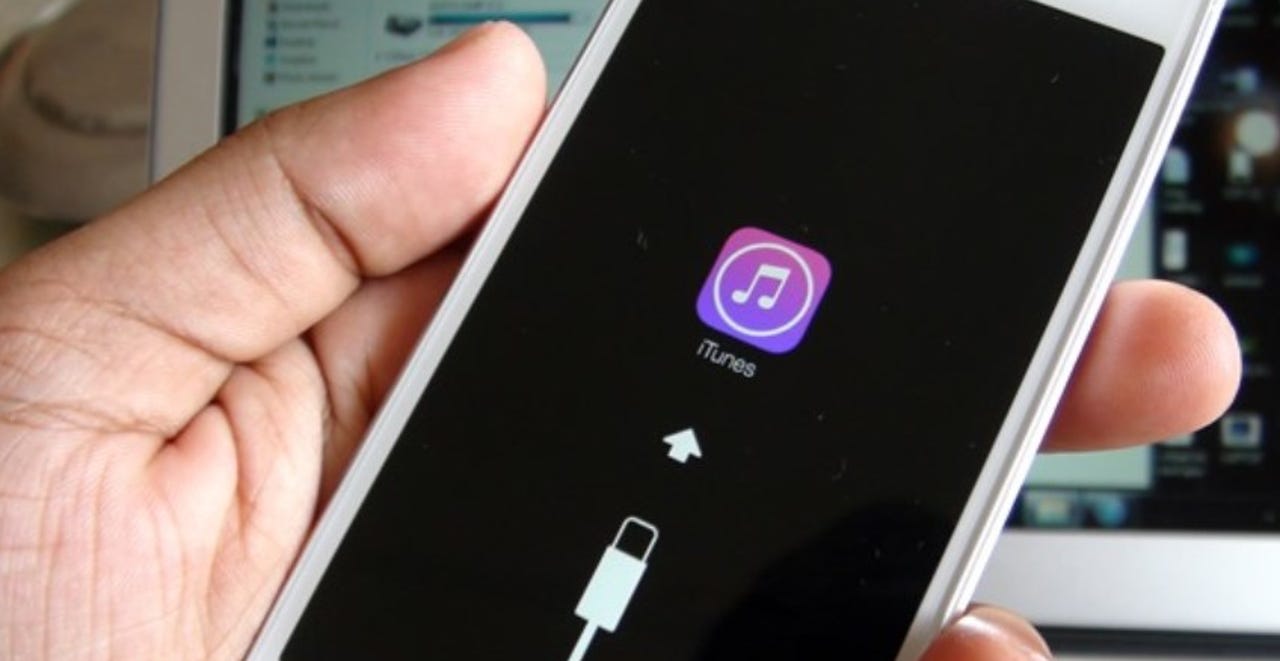Why I don't restore backups to my iOS or Android phones

Earlier this week, I shared my iOS 8.4 upgrade woes and the solution to fix the problems.
In case you missed it, the software installed fine on my iPhone 6 but the handset was running very hot, even when sitting in idle mode. The battery was draining very quickly as well, losing half a charge in as little as three hours. And the icing on the cake was a Phone app that kept freezing up.
After some troubleshooting, it became clear to me that the iOS 8.4 upgrade was the cause. But I knew it was an isolated issue because I hadn't seen many other people with the same issue. Clearly, it was specific to my iPhone. As a result, I completely reset the handset and performed a full install of iOS 8.4 instead of continuing to run the upgraded -- or patched -- version.

That fixed the problem; my iPhone 6 is running smoothly and cool to the touch.
When sharing the process with readers, I noted that I never restore a backup to my phones; that goes for Android as well as iOS. There are two reasons for this.
First, I've seen a number of software upgrades go wrong on devices over the past 20 years. These have ranged from old the HP Jornada -- remember those? -- to Windows computers to old and new tablets up to the present day. And I've also see some of initial problems on restored systems actually come back when restoring a backup. Essentially, after fixing the bad software upgrade or issue, the issue comes back through the restore process.
Why go to all of the trouble to fix the problem when you're just going to potentially put it back with a restored backup? Odds are that in the most recent case, since it seemed to be a system level problem, the issue wouldn't have come back through the restore but I didn't want to take my chances. And a "clean" phone gives me another opportunity, which is the second reason I don't restore backups.
I've been buying iOS and Android apps since 2008 and have probably purchased a few hundred on both platforms. Now that it's 2015, I really don't need them all, especially the ones that are outdated or ones that I haven't used in ages. Restoring a backup would put many of these lesser used apps back on my handset, wasting space and resources.
Instead of restoring them back, I simply add my most-used, core applications immediately after a full operating system install. These are just the basics: Facebook, Twitter, Google Plus, Nest, and my banking apps. I use them all every day.
I then re-install other apps on an as-needed basis. I plan to do some traveling later this year so when I book my trip, I'll re-install Tripit to manage my itinerary, for example. I don't need it now though. The same goes for other apps that I use to a far lesser degree.
The end result is a much cleaner phone experience that doesn't have pages and pages of home screens filled with apps that I rarely use.
It also helps that, for better or worse, I adopted the cloud to store nearly all of my data. Whenever I can, I opt to store data online so that I can access it from any phone, tablet or computer.
My photos, for example, are all uploaded to Google as soon as I snap the images. Contacts, email, music, videos and calendars? They're all online too. So I don't need to restore any data to a handset; I simply configure my apps to get at the data in the cloud. Admittedly, that's not an option for everyone.
Some commenters to my story earlier this week asked how I restore my Messages, for example. The answer is: I don't. I'm not the type of person that uses a messaging client as a storage system, although I understand that many people do.
Once my Messages conversation is done, I delete it. If there's information I need from a message, I simply save it to the proper system as needed, i.e.: I'll add a phone number or address to my contacts.
One workaround for those that want to keep messaging information for the future is to capture a screenshot of it and save it to Evernote or a similar app. You can search for text in photos and find the info quite easily.
Again, this is simply how I restore a phone or tablet. I'm not saying it's an answer for everyone. But it works well for me and gives me a chance to clean house when it comes to older apps and information.